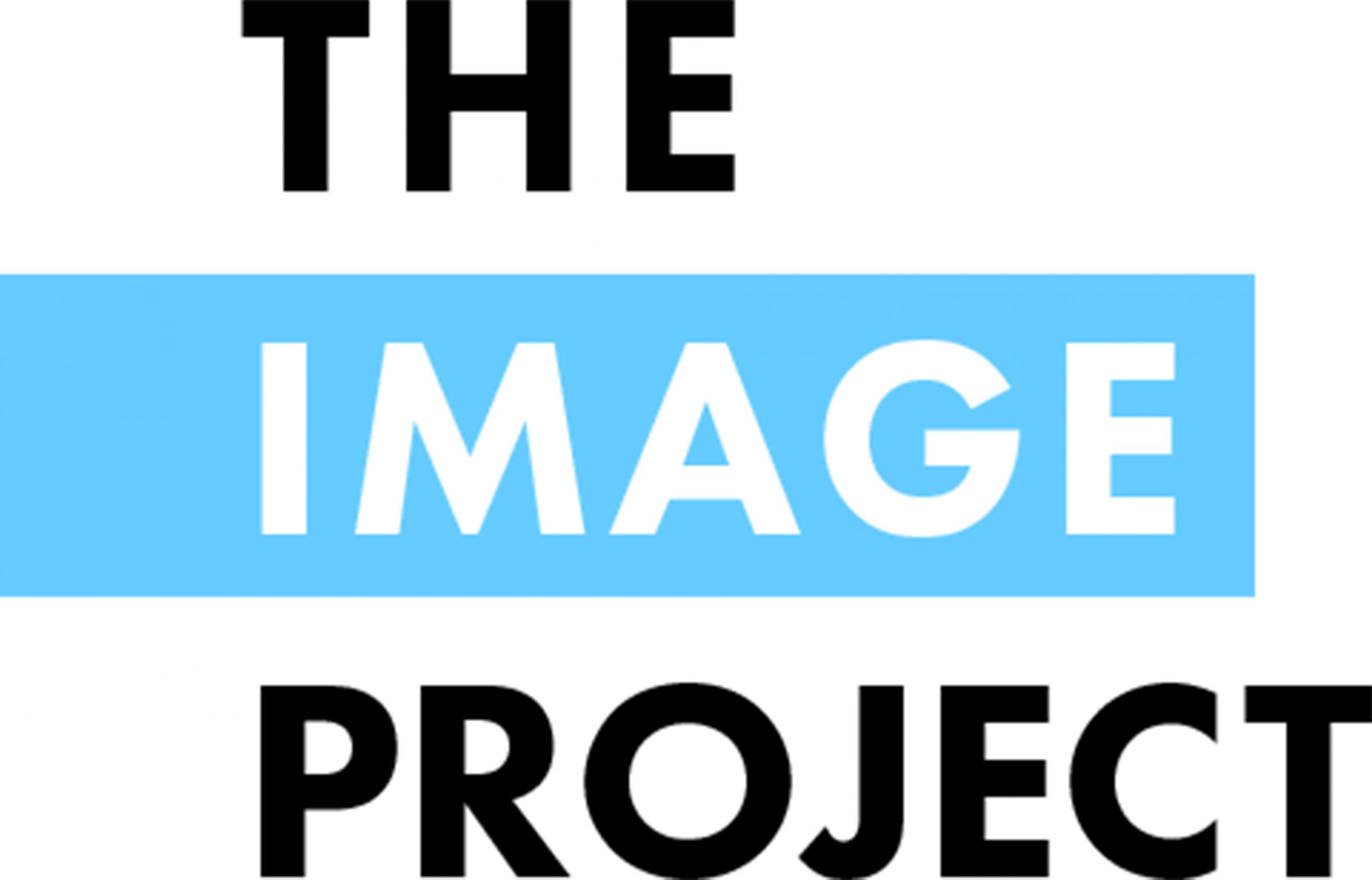We start April by introducing our last but not least Good Practice Guide. It’s designed for higher education managers to help them make their institution more inclusive.
Introduction to Good Practice Guide for Higher Education Managers
More and more higher education managers (i.e. people with a responsibility in the university organisation whether they be deans, vice-chancellors, department heads etc.) are engaged in making their institution more inclusive. It’s not only an obligation, but an opportunity to make the university better.
“Promoting diversity, equity and inclusion in Europe’s universities supports institutional growth and capacity building to serve better the needs of European society to improve the university”, stated Professor Michael Murphy, President of the European Universities Association. But how to proceed?
The Good Practice Guide for Higher Education Managers will provide managers concrete actions they can set in their institutions.
How to make inclusion a top priority? How to adapt good support programs to your environment? How to empower students and staff? How to act as an employer of autistic people?
All these themes were chosen from the design study we made with autistic people, academics, career advisors, employers and higher education managers.
What will it look like?
Here is a sneak peek of the guide.
Theme: Empower students
Need to know
The success of students in their studies and towards employment is related to their self-esteem. This is influenced by:
- How the institution considers autism: is it considered as a deficit, a disability, or as a condition with positive characteristics that are valued? Are autistic students considered as assets for the institution?
- How do students feel as being the center for all decisions that affect their life – in a word, are they under the guardianship of people who know and decide for them, or are they autonomous to make decisions?
Empowerment of students is thus crucial for their success.
Tip
- Involve autistic people at every stage of making a university more autism friendly:
- At every stage of designing/reviewing support services, ask yourself whether you have included autistic people, or are you just “experts” talking amongst yourselves?
- Try to offer various means of communications so that the students can express themselves using the ones they favour
- Allow a trusted person to participate in meetings:
- Students may attend appointments with the student services along with a parent. Although students are mostly adults, this presence is usually necessary and helpful.
- Nevertheless, the communication problems of students may lead their parents to speak for them.
- It is important, though difficult, that staff manage to listen primarily to the wishes of the students themselves. This aspect should be part of the training.
- Make sure the regulation of your institution allows a trusted person to participate in meetings for any student who asks for it.
Need to have
The IMAGE project created Employability Toolkit for autistic students and graduates which should be adapted to your institution. It is necessary to have it installed on your web server so that students can use it in their activities towards employment.
Need to do
Checklist
These are actions you can implement in your institution, that will help autistic students to get empowered.
- Popularise the use of the Employability Toolkit:
- This can be done by writing about it in the institution’s newsletter, through teachers, posters at the student services…
- Don’t limitate the communication to the students already known as being autistic
- Communicating to everybody allows you to reach autistic students who are unknown from the services, and to show your action in terms of inclusion.
- Ensure that every autistic student gets the opportunity to put an agreement together that lists their needs and preferences, and control who this is shared with. It needs to be with full consent by the student and in line with GDPR and national legislation.
- Help students with disclosure issue:
- There may be some staff who think autism as a confidential matter and who discourage disclosure.
- Recall that disclosure is a freedom of the student, it cannot be imposed neither discouraged.
- Create the conditions to accompany the disclosure by providing sensitisation to autism alongside with the disclosure of every voluntary student.
- Help to create a student organisation for autistic students.
Good practice example
In France, a group of autistic students created a student organisation named La Bulle ! (which makes reference both to the speech bubbles of comics strips (called “bulles”, “bubbles” in French), thus the framework of their expression, and the expression “être dans sa bulle”, “being in a bubble” which is regularly used for autistic people.

La Bulle ! organises activities for autistic students, like afternoon meetings, and participates in the actions of the Aspie-Friendly program. For instance, they participated in a Summer School organized for new autistic students so that they could share their experiences. They are also engaged in the creation of a hackathon about autism at university and help adapt it to the specificities of autistic people.
Good Practice Guide for Higher Education Managers fully complements the other outputs of the IMAGE project.
All the outputs of the IMAGE project are interconnected – and actually, we are building a system so that they can be personalised! A university manager will be able to read their guide, to transmit the guides for academics, for instance, to all the academics in their university, after personalising it. We want to help people get involved and remove the barriers.

